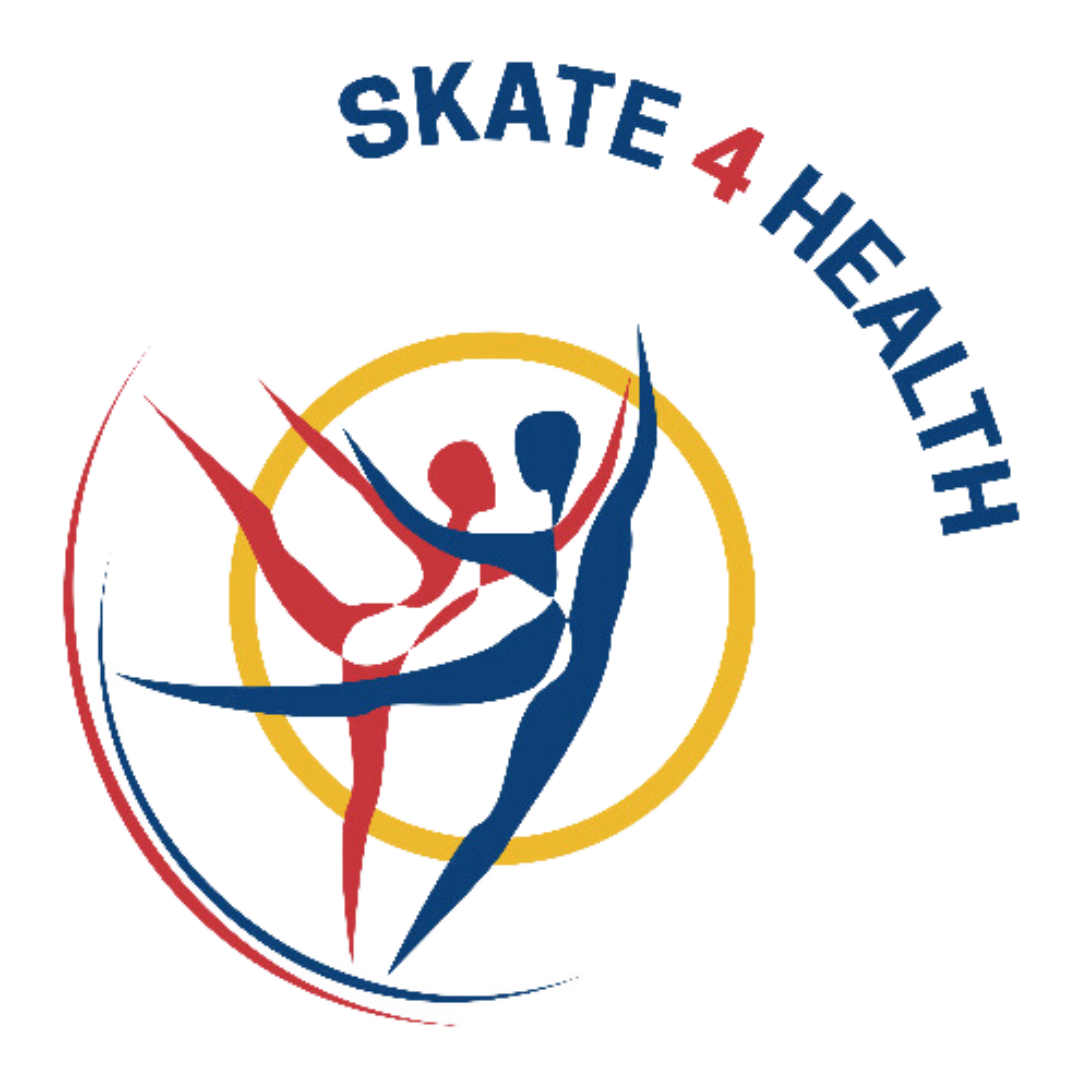On-Ice Lessons
Skating is a complex sport, requiring mastery of various athletic disciplines and skills. As such, it is ideal for developing coordination, explosiveness, agility, strength, etc. Looking at skating through a historical lens, we see the evolution of this ice movement from a form of entertainment on naturally frozen surfaces to a professional, highly popular sport in modern ice rinks, with conditions maintaining the ice surface year-round. Interestingly, skating is more popular as a recreational activity than as a competitive sport.
Before stepping onto the ice, it’s crucial for every beginner, considering their age and psychological development, to familiarize themselves with the necessary equipment and basic concepts essential for following instructions, understanding exercises, and successfully mastering them. Due to the specificity of the surface, skating is inherently a complex and demanding sport from the start, making the coach’s role crucial – primarily as an educator to motivate and help children overcome initial challenges like adjusting to rigid skates and adapting to different balance points during movement.
Skating involves numerous movements, elements and various motions, with each body part having a specific task and executing distinct actions. Due to the many benefits of the 21st century, such as smartphones, computers, games, children’s concentration and attention have drastically declined. It is essential to assign children increasingly complex motor tasks to ensure their psycho-physical development reaches a satisfactory level.
Exercise – How To Stop – T Stop
To move more safely, freely, and quickly on the ice
Exercise – Fall
The skater has likely fallen while performing exercises
Exercise – Leaves Backward
Leaves backward is the same exercise as exercise Leaves.
Exercise – Turn With 2 Legs
Starting position: support on both legs, the arms are extended
Exercise – Forward Crossovers
What to do when you need to turn on the ice? The skater can turn by
Exercise – BACKWARD INSIDE EDGE
The backward inside edge is the most difficult edge to learn






